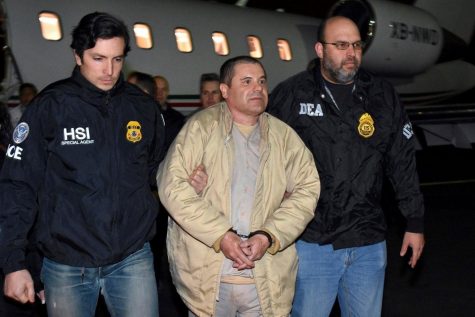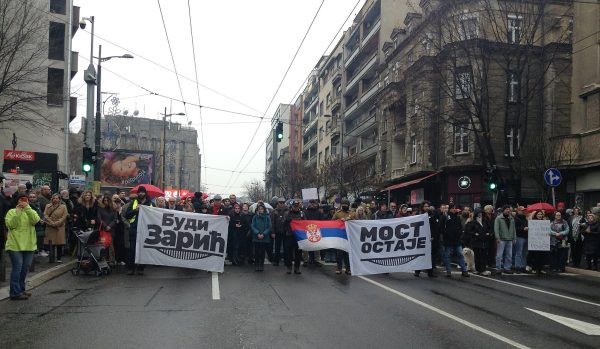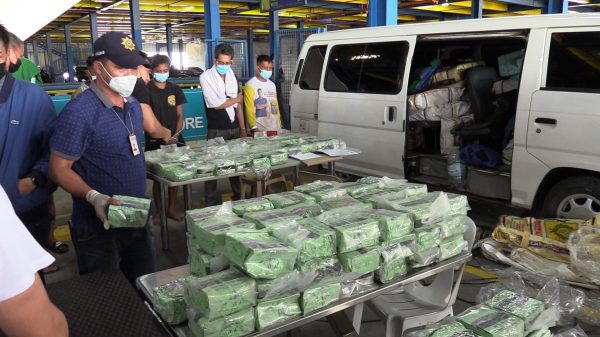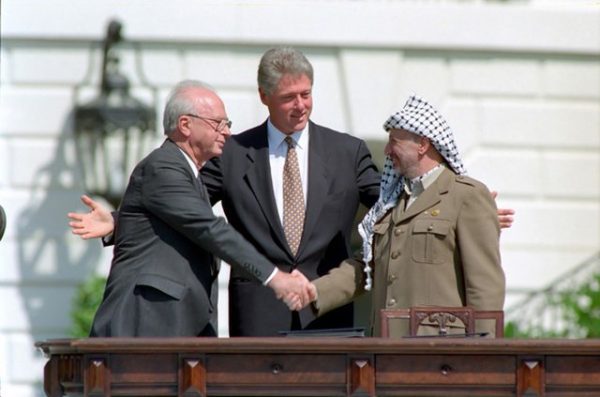The Trial of El Chapo
Reading Time: 2 minutesIn our media-saturated society, crime, drug cartels, and corruption almost seem like more like a Hollywood fantasy than reality. But recently, the trial of the alleged drug kingpin and former leader of the Sinaloa cartel, Joaquín Guzmán Loera, better known as “El Chapo,” reminded us just how real this world can be.
 Though Guzmán has been incarcerated before, his trial in Brooklyn, New York represented the first time he has stood trial in the United States. Twice he was placed in maximum security prisons in Mexico, and twice he escaped: once in 2001 by hiding in a laundry cart, and once in 2015 through a trap door in his cell shower.
Though Guzmán has been incarcerated before, his trial in Brooklyn, New York represented the first time he has stood trial in the United States. Twice he was placed in maximum security prisons in Mexico, and twice he escaped: once in 2001 by hiding in a laundry cart, and once in 2015 through a trap door in his cell shower.
After Guzmán’s 2015 escape, the Mexican and American governments worked together and recaptured him in 2016. A year later he was extradited to the United States, to wait for what promises to be a several-months-long trial.
Guzmán faces 17 indictments that include money laundering, drug trafficking, and conspiracy to commit murder. If convicted he could face life in prison. He has pleaded “not guilty” to all charges.

Beyond the charges, the myth of “El Chapo” looms large over this case. He was considered the “most powerful drug trafficker in the world” by the U.S. Department of the Treasury, and the Chicago Crime Commission named Guzmán “Public Enemy Number One” for his influence over crime in Chicago. The last person to hold such notoriety was Al Capone.
There are stories of Guzmán wielding diamond encrusted AK-47’s and living lavishly with billions of dollars, while also shipping tons of cocaine and other drugs all over the world. And, of course, there are tales of brutal tortures, murders, and corruption.
Because of his vast influence, security measures for this trial have been extraordinary, to say the least. All the witnesses and jurors are to remain anonymous, and all twelve jurors are escorted to and from court by armed U.S. Marshals.
Guzmán has been held in solitary confinement, for fear of him contacting his associates, and any time Guzmán has to be transported to court, the Brooklyn Bridge will be shut down. The judge even refused to let Guzmán hug his wife in court, citing security reasons.
In the end, regardless of the increased security measures required and the attendant media circus, this is a victory and for the United States and Mexico. Finally, a notorious and dangerous felon was brought to an American court, and finally, he will serve justice for his crimes.
Alex is a senior at ASIJ. This is his first year at the school.






Connor Corrigan • Mar 22, 2019 at 9:09 AM
Where is El Chapo now, is he still in trial, in jail, or escaped?
Kevin Slattery • Mar 22, 2019 at 9:08 AM
How did El Chapo gain so much power through drug dealing?
Scott • Mar 22, 2019 at 9:08 AM
How long has El Chapo been doing all of this stuff?
Joey Matsunaga • Mar 22, 2019 at 9:07 AM
I am surprised he pleaded “not guilty” to all charges. It is quite difficult to believe that a man like this is innocent.
Christina Saroukos • Mar 22, 2019 at 9:03 AM
Do you think that the people who were also involved in El Chapo’s schemes and drug dealing business should be brought to justice as well or just El Chapo for he is the main man responsible for the notorious acts? Do you know if the others who were involved in the drug dealing have been brought in to custody or are they still out there continuing the “Drug Lord’s” business?